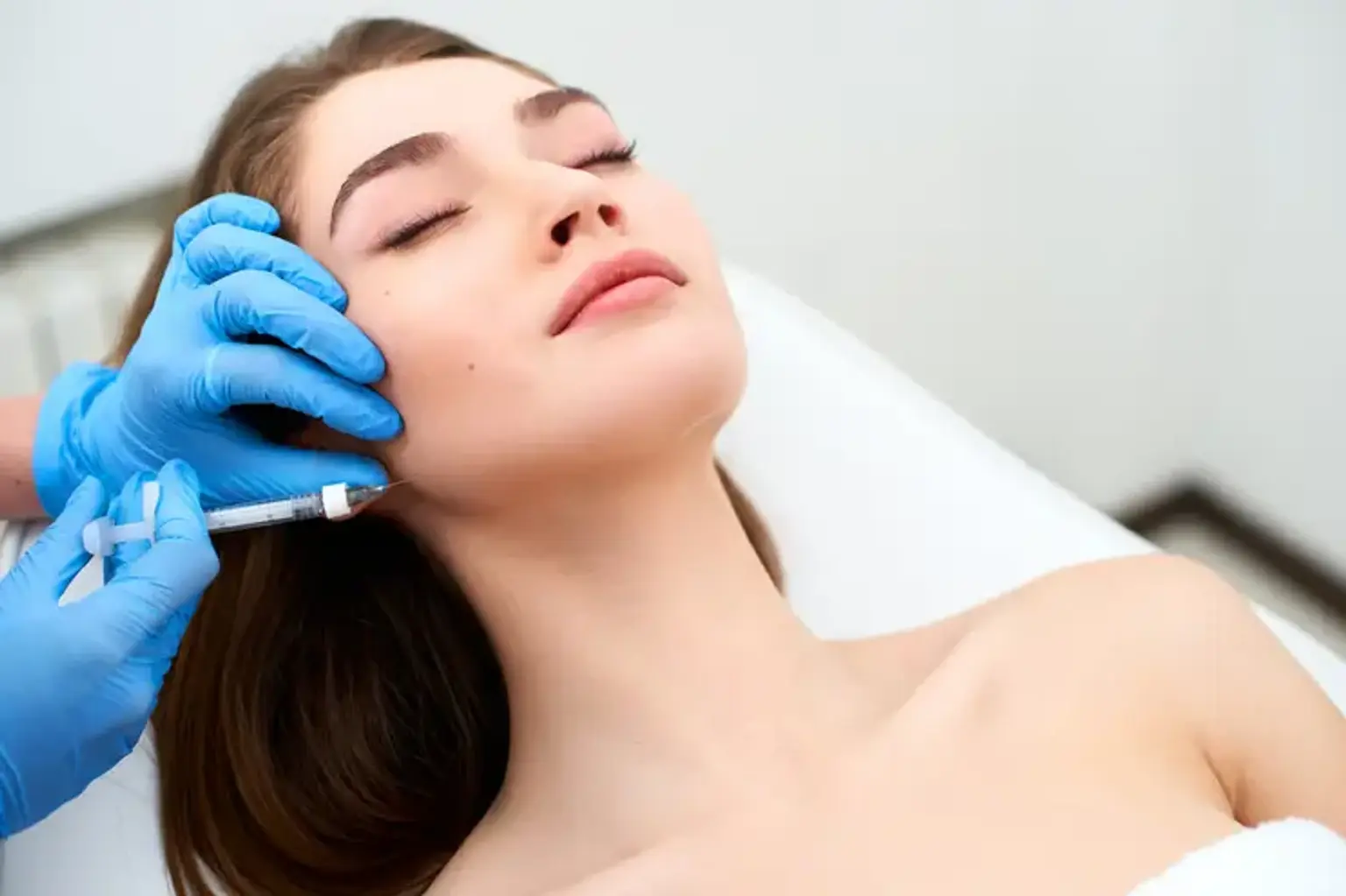Introduction
A well-defined jawline is often associated with youth and vitality, making it a sought-after feature for individuals aiming to enhance their facial aesthetics. As we age, factors like skin laxity, fat displacement, and bone density reduction can lead to a sagging jawline. This natural process has fueled the demand for effective solutions that restore a lifted, youthful appearance.
Korea has emerged as a global leader in aesthetic procedures, offering cutting-edge treatments for jawline enhancement. From non-surgical options to advanced surgical techniques, these solutions cater to diverse needs and preferences. In this article, we’ll explore the most effective treatments available for achieving a youthful, lifted jawline, particularly focusing on the innovations popularized in Korea.
Understanding the Anatomy of the Jawline
The jawline is one of the most defining features of the face, playing a significant role in facial symmetry and aesthetics. It comprises a complex interplay of bones, muscles, fat, and skin, each of which contributes to its overall appearance and function. A strong, well-defined jawline enhances facial harmony and creates the impression of youthfulness and vitality. However, the structure and appearance of the jawline are not static and can undergo significant changes over time due to aging and other external factors.
1. Structural Components of the Jawline
The primary structural foundation of the jawline is the mandible, or jawbone, which determines the shape and width of the lower face. Surrounding the jawbone are layers of muscle, such as the masseter, which play a key role in facial expressions and jaw movements. Over time, natural bone resorption can occur, reducing the prominence of the mandible and contributing to a less defined appearance.
Above the skeletal and muscular structures lies a layer of subcutaneous fat, which provides contour and softness to the jawline. While some fat is essential for a youthful appearance, excessive fat accumulation, particularly beneath the chin, can obscure the jawline and lead to the appearance of a "double chin."
2. The Role of Skin and Elasticity
The skin covering the jawline is equally crucial in maintaining a tight, youthful contour. When we are young, the skin is rich in collagen and elastin, two proteins that give it strength and flexibility. These proteins allow the skin to remain firm and taut, even in the presence of natural movements and gravitational forces.
